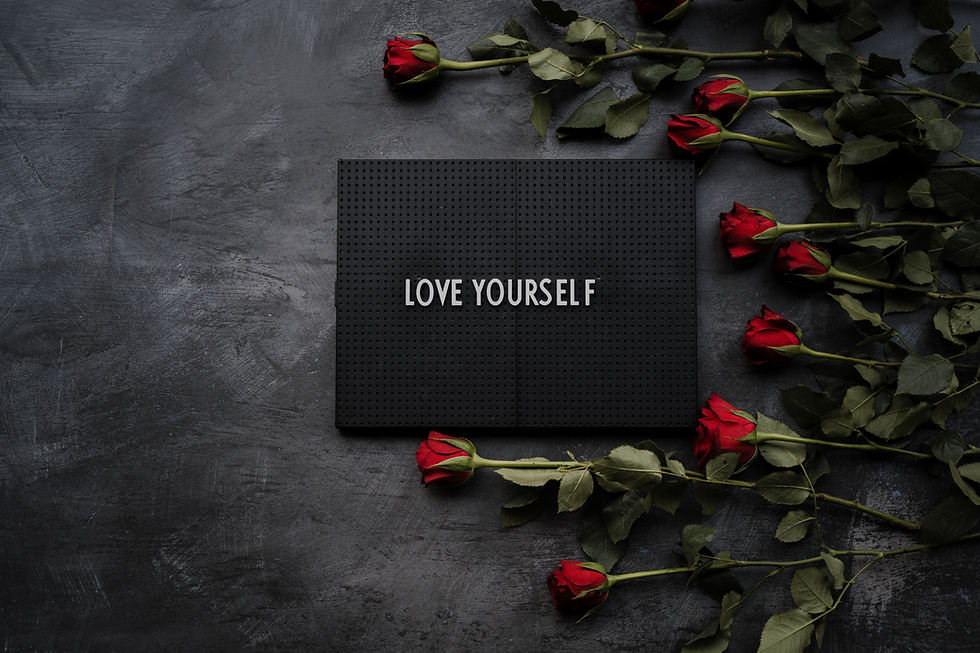The Heart of Connection: Mastering Active Listening
- Debbie Airth

- Mar 17
- 4 min read
Updated: Jul 9

Come as you are, and let’s begin from here.
We all want to feel seen. Understood. Valued.And in a world moving faster than ever, those moments of real connection can feel harder to come by.
But here’s something powerful:
The ability to create a connection isn’t about saying the right thing.
It’s about listening, fully, intentionally, and with your whole heart.
Active listening isn’t just a communication skill.
It’s a way of showing up for others (and yourself) with presence, empathy, and authenticity.
It’s how we build relationships where people feel safe to be real. It’s how we feel less alone.
Let’s dive in.
What Is Active Listening, Really?
Active listening is so much more than staying quiet while someone else talks.
It’s a radical act of presence. Of curiosity. Of emotional attunement.
Where passive hearing is surface-level, active listening is embodied.
It says: “I’m here. I’m with you. I want to understand.”
When we listen actively, we’re not just receiving information; we’re making space for someone’s inner world. We’re meeting them where they are without rushing to fix, advise, or relate it back to ourselves.
That kind of listening creates connection. And that connection fosters healing.
The Nervous System of a Safe Conversation
When someone truly listens to us, our nervous system relaxes.We feel less guarded, less alone. And in turn, we become more able to show up authentically ourselves.
For the listener, active listening nurtures emotional intelligence, compassion, and relational trust.
For the speaker, it’s a reminder: “My voice matters. I’m not too much. I’m allowed to take up space.”
In therapeutic work and in everyday life, this is where authenticity begins:
Not in knowing what to say, but in knowing how to listen without judgment.
Key Elements of Active Listening
(A toolkit for deeper connection)
🧠 Mental Presence
Be here now. Put your phone away. Quiet your inner to-do list.
Listen to understand, not to reply.
If your mind drifts, gently bring it back. It’s okay, this is a practice.
👁️ Nonverbal Attunement
Maintain warm, soft eye contact.
Use open body language: uncross your arms, lean in slightly, and nod to show engagement.
Avoid fidgeting or looking away often, these subtle cues shape how safe someone feels.
🗣️ Verbal Skills That Foster Empathy
Paraphrasing: “So what I’m hearing is…”
Clarifying: “Can I ask a bit more about that part?”
Reflecting feelings: “It sounds like that left you feeling really unheard.”
Summarizing: “If I’ve got this right, the biggest takeaway is…”
Open-ended questions: “What was that like for you?” or “What do you need most right now?”
❌ What to Avoid
Jumping in with advice or solutions too quickly.
One-upping or bringing the story back to yourself.
Judging, minimizing, or redirecting emotions.
Interrupting, even with good intentions.
Sometimes the most powerful thing we can say is:“I hear you.” “That makes so much sense.” “I’m here with you.”
How Active Listening Deepens Connection
It fosters authenticity. When someone listens without judgment, we feel safe enough to show up fully, even in our messiness.
It builds empathy. We begin to understand others not just from the mind, but from the heart.
It heals relational wounds. Many of us grew up feeling ignored, dismissed, or misunderstood. Active listening helps rewrite that story.
It strengthens communication. Misunderstandings reduce, and we begin to truly know the people we love.
Connection doesn’t come from fixing others. It comes from witnessing them.
This is relational empowerment. And it’s part of what makes healing possible.
Practice Task: Try Active Listening in Real Life
Choose one conversation this week where you intentionally practice active listening.Maybe it’s with a partner, a friend, a coworker, or even yourself through journaling or reflection.
Here’s how:
Set the scene: Minimize distractions and remember, slow down.
Stay present: Notice your urges to interrupt or fix, then breathe through them.
Use the tools: Try paraphrasing, reflecting emotions, or simply staying curious.
Reflect afterward: How did it feel to listen differently? How did the other person respond?
Try This Game: Dream Vacation
A simple way to practice summarizing and presence.
One person describes their dream vacation for 60 seconds, without naming locations. Just share sensations, activities, and feelings.
The other person then summarizes what they heard, and guesses the vacation spot.
Switch roles, and have fun with it!
Resources
Empathy vs Sympathy Video:
Active Listening Skills Video:
Final Thoughts: Listening Is a Love Language
You don’t need the perfect words to support someone.
You just need to be present with them. That’s where healing lives.
As you practice active listening, with others and with yourself, you’ll begin to notice that connection doesn’t just happen.
It’s created. One moment of presence at a time.
✨ Next up: Setting Boundaries as an Act of Self-Compassion
We’ll explore what boundaries really mean (hint: they’re not walls) and how they can protect your peace without sacrificing connection.



Comments